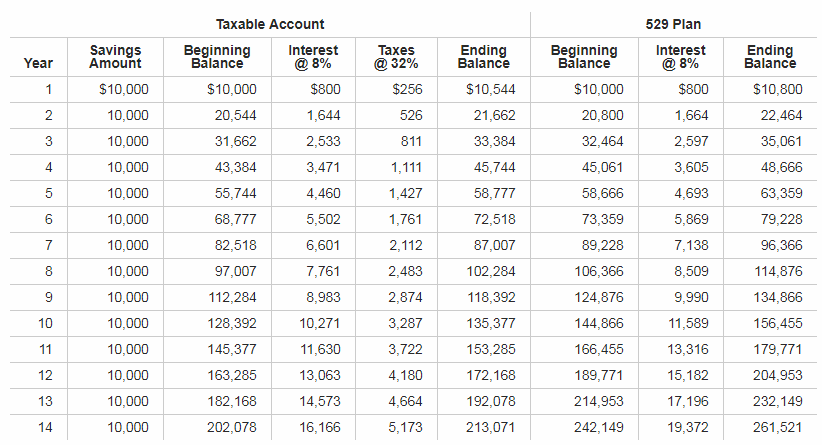

- #VIRGINAI COLLEGE SAVINGS PLAN COLLEGE SAVINGS PLANNER FOR FREE#
- #VIRGINAI COLLEGE SAVINGS PLAN COLLEGE SAVINGS PLANNER FULL#
The compensation we receive from advertisers does not influence the recommendations or advice our editorial team provides in our articles or otherwise impact any of the editorial content on Forbes Advisor. Second, we also include links to advertisers’ offers in some of our articles these “affiliate links” may generate income for our site when you click on them. This site does not include all companies or products available within the market. The compensation we receive for those placements affects how and where advertisers’ offers appear on the site. First, we provide paid placements to advertisers to present their offers. This compensation comes from two main sources.
#VIRGINAI COLLEGE SAVINGS PLAN COLLEGE SAVINGS PLANNER FOR FREE#
To help support our reporting work, and to continue our ability to provide this content for free to our readers, we receive compensation from the companies that advertise on the Forbes Advisor site. The Forbes Advisor editorial team is independent and objective.
#VIRGINAI COLLEGE SAVINGS PLAN COLLEGE SAVINGS PLANNER FULL#
In the event your child receives a full scholarship, you can withdraw money from the account for non-education expenses and pay only federal income tax (not the 10% penalty).You can transfer the money to another beneficiary who is a qualifying family member-including yourself-to use for education expenses.Your child can use the money for a registered apprenticeship program instead.You have other options, however, if your child doesn’t go to college or gets a scholarship that covers their expenses. You can always take the money out to pay for expenses other than education, but you’ll pay federal income tax and a 10% penalty to do so. Money in 529 plans must be used to pay for qualified education expenses, which gives you less flexibility than if you’d saved in a brokerage account or savings account. Look into the perks and extras available from your state’s plan. Some 529 plans also provide useful consumer-friendly features that might be important to you, like an online platform where friends and family can make a contribution to your child’s plan. As a result, we’ve included only direct-sold plans on our list. In each case where a state offered both types, the direct-sold plan was higher-rated based on ’s analysis. Some states offer two types of 529 plans: one sold by the state directly to consumers and one sold by financial advisors only. Fees can reduce your investment earnings, and while some fees are inevitable, understanding how much they add up to will help you compare plan options. Some 529 plan websites make that easy to do, while others may not be sure to ask if the plan costs aren’t clear. When you’re comparing 529 plans and underlying investments, also check the total annual fee you’ll be charged, including not only management and state fees but the costs of the investment portfolios themselves. If you’re not getting meaningful savings-or another state’s plan offers substantially lower fees or broader investment choices-you’re not bound to using your own state’s plan. Vanguard, Fidelity and other sources offer online 529 state tax benefit calculators. Then calculate how much it could be worth to you based on your expected 529 plan contributions, income and filing status.

First, take note of whether your state offers a tax break for choosing the local plan. Despite their advantages, only 29% of college-saving parents use 529 plans, according to Sallie Mae’s 2018 report “How America Saves for College.” In many cases, parents could end up with more money saved by using a 529 plan rather than, or in addition to, a general savings account.īut since there are many 529 plans to choose from, the decision can be complex.


 0 kommentar(er)
0 kommentar(er)
